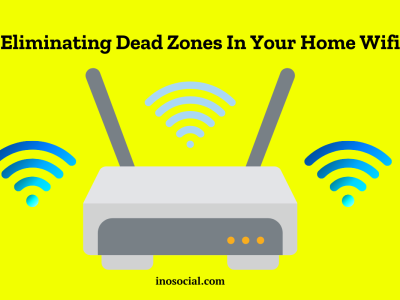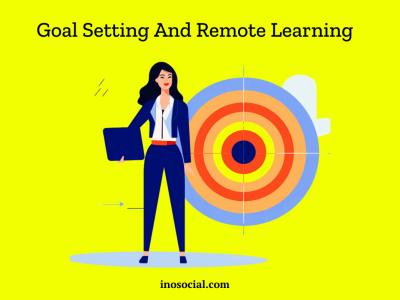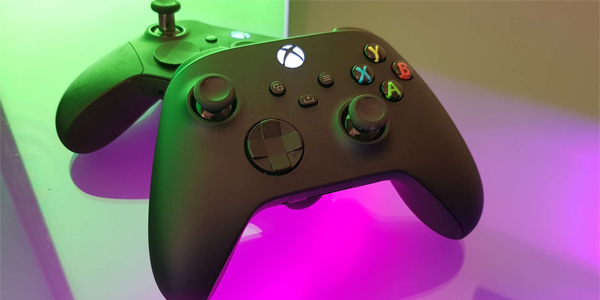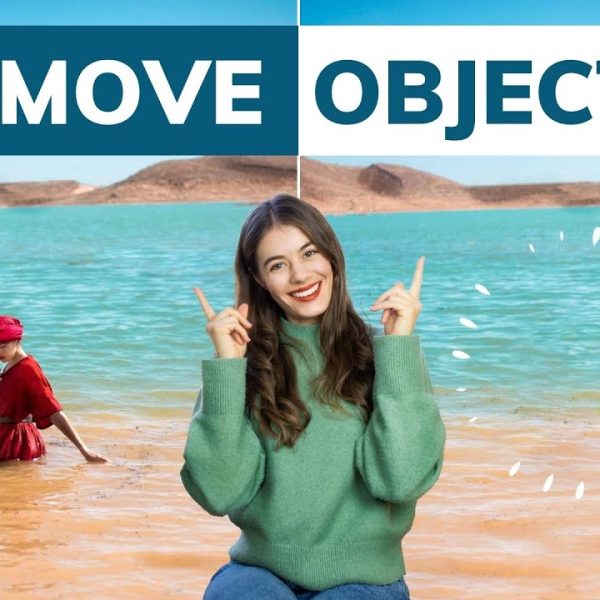At the moment, the internet is helping people work from home, get online education, and give means of entertainment through options of online multiplayer gaming and streaming services. Besides the internet, the major load of entertainment is held by TV programming, a medium which is still the primary source of entertainment for numerous people, especially, elderly consumers who don’t like these newer over-the internet mediums like streaming apps and are stick to their original string of programming to watch their favorite films, sitcoms, news, and live broadcasts of sports and. This is why we’ve seen a drastic increase in the viewership of streaming and a steep drop in cable subscribers. Because essentially, the number of cable viewers is going obsolete with each passing day. Although, at first this trend of using the internet for TV was considered to be temporary and many predicted that it will soon die down. But on the contrary, the same has happened to cable, and today numerous crucial factors are proving fatal for the survival of traditional television.
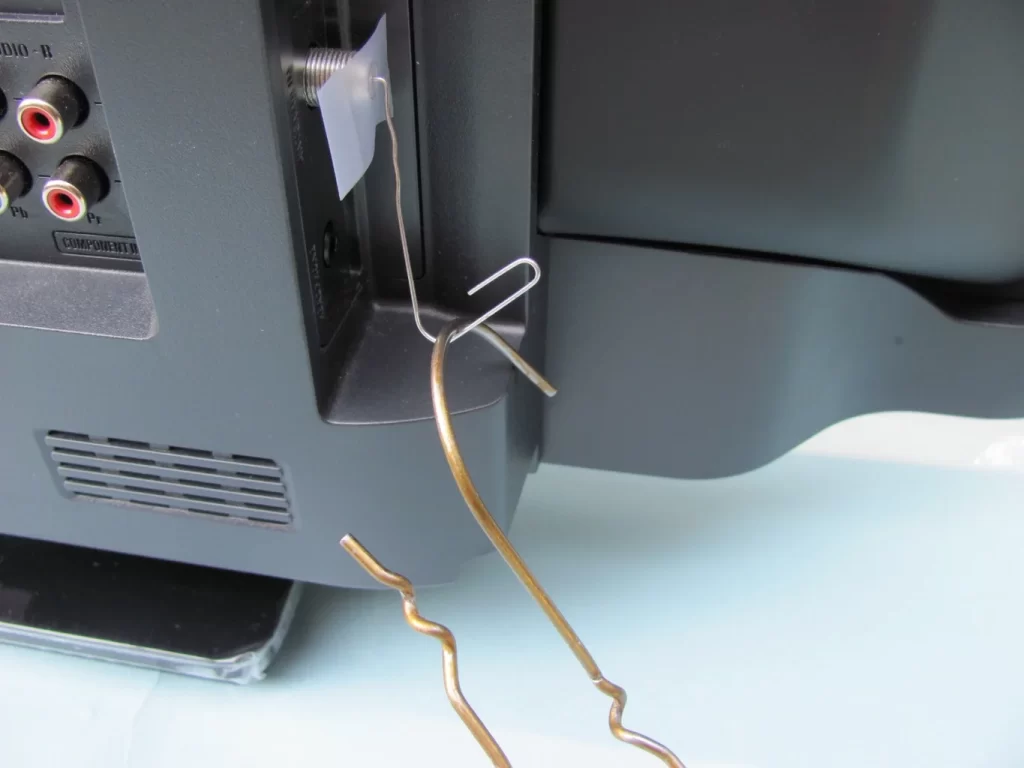
The Popularity of Cord Cutting
If we see the consumer pattern of the past decade, one thing is clear, there has been a constant dip in the number of cable TV subscribers, something which is ongoing for the past 11 years, and although cable companies are trying every measure to stay relevant like reducing costs, or launching their own streaming apps to remain in the game, still, nothing has worked out so far. While there are still companies like Cox communications which invertedly is the third-largest cable company in the country and is fighting desperately for the survival of cable by offering discounts, deals, and their own streaming app, apart from their exceptional internet and home phone service, anyone interested in these services can reach out on Cox customer service number. But despite all these efforts, the end of the cable is looking all but certain.
This trend started in 2012 and if we observe closely the happenings of that year on can clearly infer that this was the year in which streaming services blew up in the shape of Netflix. Netflix is the pioneer that started this trend of streaming platforms with almost 214 million customers worldwide. It is one of several other streaming platforms that are giving cable TV a run for their money. Many consumers are adopting these streaming services in favor of their cable TV subscriptions which has now been termed cord-cutting.
Reasons Behind Cable TV’s Decline
While we have already established the fact that the trend of cord-cutting is the major factor behind the significant and consistent decline of cable TV, there are a few details that are making this trend grow rapidly in size and pace. Those key factors are actually the ones behind this downfall of cable and here we are going to discuss them in detail.
Cost Factor
The cost factor has been one of the major reasons why people are ditching their cable subscriptions and adopting alternate means like streaming, and this movie makes sense. By taking a closer look at the economics of cable TV subscription, one thing is certain, that it doesn’t come cheap, even a basic package can range from something between $30 to $60. And if we include other miscellaneous costs like taxes, equipment rentals, and installation charges the final bill becomes quite ridiculous. Adding some premium channels into this already expensive service can easily make the cable bill go from $150 to $300. While on the flip side, streaming services cost a few bucks ranging anywhere from $10 to $15. Plus it makes no sense for users to pay this much for an extra service that they can avail of over the internet, something which most of them already have.
Ease and Convenience of Streaming Apps
One other thing that has become a major drawback of Cable TV is that it is not portable and users have to stick to their TV screens in order to watch their favorite content. But in this fast-paced life nobody has time to remain in front of their TVs, people now like to watch content on their laptops, smartphones, and tablets, an option you can’t get with traditional cable. Portability has become a major plus point for streaming services as there is no infrastructure required for streaming platforms, they can be watched at any place, anytime on any supported devices like smartphones and smart tablets. Plus whenever moving places there isn’t any need to cancel or move the service or to set them up in another place, simply the app needs to be installed on new the device without the hassle of moving the entire service and equipment.
Improved Content Lineup of Streaming
The thing with technology is that sooner or later it goes obsolete and something new and better replaces it. All the advancements made in the field of cable TV were almost done and dusted by the end of the last decade and there was nothing left to improve. This allowed competitors of cable TV to gain a major upper hand on it in a very short period of time. Now streaming TV and apps have a plethora of content that is constantly upgraded to add new movies and TV shows, plus with the closure of cinemas, at the moment, most new movies are also being screened through these platforms. With features to record, pause and rewind live streaming TV and shows along with many other cutting edge new features have made cable TV a thing of the past with modern generations going to alternatives like the internet TV and Streaming Apps, the biggest competitors of cable TV.
Conclusion
Although, cable TV was a technological marvel in the entertainment industry and has given us quite joyful years through its content over time. But it is also a fact that cable TV is way past its prime and now competitors especially internet-based services are rapidly gaining momentum in a bid to take over this entertainment platform. Although the downfall of cable is consistent and almost certain, it will take time to completely replace such an influential platform and according to some trade analysts, cable TV still has a decade at least before it gets completely overrun.



